The grass cutter, scientifically known as Thryonomys swinderianus, is a fascinating rodent native to sub-Saharan Africa.
The grass cutter is particularly notable for its herbivorous diet, primarily consisting of grasses, which it adeptly harvests with its strong incisors.
This rodent has become an integral part of the agricultural landscape in many African countries, where it is both a pest and a source of protein for local communities. Grass cutters are social creatures, often found in groups that exhibit complex social structures. Their presence in the wild contributes to the ecosystem by aiding in the dispersal of seeds and maintaining the health of grasslands.
As a subject of interest for both ecologists and anthropologists, the grass cutter serves as a bridge between wildlife and human agricultural practices. Understanding this animal’s biology, behavior, and interactions with humans provides valuable insights into its role in the environment and its potential for sustainable use.
Key Takeaways
- The grass cutter animal, also known as the greater cane rat, is a large rodent found in Africa.
- It has a robust body, short limbs, and a long tail, with a coat of coarse fur that ranges in color from brown to gray.
- Grass cutters are herbivores that primarily feed on grasses, roots, and agricultural crops, and they are found in a variety of habitats including grasslands, swamps, and farmlands.
- They are known for their solitary and territorial behavior, and they construct elaborate burrow systems for shelter and protection.
- Grass cutters have a relatively short gestation period of around 150 days and can produce multiple litters in a year, making them prolific breeders.
Physical Characteristics of the Grass Cutter Animal
Physical Adaptations
The grass cutter’s robust body is complemented by strong limbs and large feet, perfectly suited for traversing grassy terrains. Its coarse fur, varying in color from brown to grayish-brown, provides effective camouflage in its natural habitat.
Distinguishing Features
One of the most distinctive features of the grass cutter is its large, chisel-like incisors that continue to grow throughout its life. These teeth are essential for gnawing through tough plant material, allowing the grass cutter to efficiently harvest grasses and other vegetation.
Sensory Abilities and Stability
The animal’s keen sense of smell and sharp eyesight further enhance its ability to locate food sources. Additionally, grass cutters possess a relatively short tail compared to other rodents, which aids in their stability while navigating through dense grasslands.
Habitat and Diet of the Grass Cutter Animal
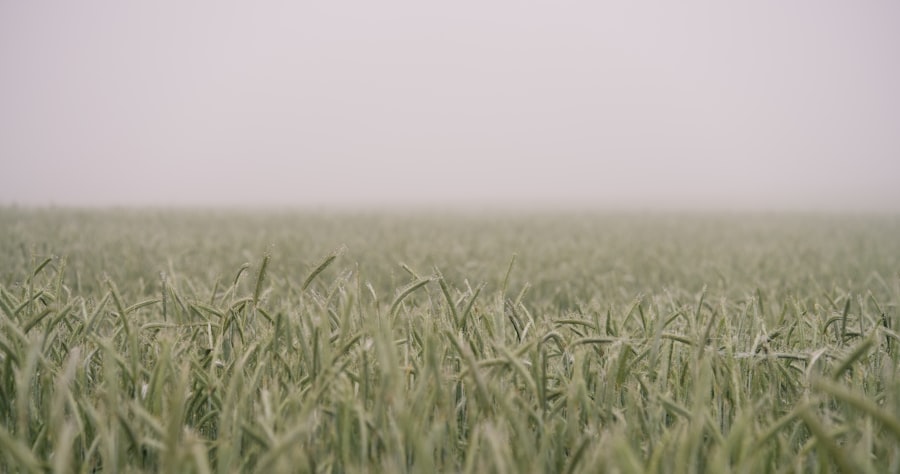
Grass cutters thrive in a variety of habitats, including savannas, wetlands, and grasslands. They are particularly fond of areas with abundant grasses, which provide both food and shelter from predators. These rodents are often found near water sources, as they require access to hydration for their survival.
Their burrowing behavior allows them to create extensive tunnel systems that serve as homes and protection from environmental extremes and potential threats. The diet of the grass cutter primarily consists of grasses, but they are also known to consume leaves, stems, and roots of various plants. Their preference for certain types of grasses can vary based on seasonal availability and local ecological conditions.
Grass cutters play a crucial role in their ecosystems by grazing on vegetation, which can promote new growth and maintain the health of grasslands. However, their feeding habits can also lead to conflicts with farmers, as they may damage crops and compete with livestock for forage.
Behavior and Social Structure of the Grass Cutter Animal
| Behavior and Social Structure of the Grass Cutter Animal | |
|---|---|
| Activity Pattern | Nocturnal |
| Social Structure | Colonial, living in groups |
| Communication | Use vocalizations and body language |
| Reproduction | Polygamous mating system |
| Feeding Behavior | Herbivorous, mainly feeding on grasses and plants |
Grass cutters exhibit fascinating social behaviors that are integral to their survival. They are known to live in colonies that can range from a few individuals to several dozen members. These colonies are typically organized around a dominant breeding pair, with other members serving various roles within the group.
Social interactions among grass cutters include grooming, vocalizations, and scent-marking, all of which help strengthen social bonds and establish hierarchies. The behavior of grass cutters is characterized by their diurnal activity patterns; they are primarily active during the day when they forage for food. Their social structure allows them to work collaboratively when foraging or defending their territory against intruders.
Grass cutters communicate through a series of vocalizations that convey different messages, such as alarm calls or mating calls. This complex social system not only enhances their chances of survival but also contributes to their adaptability in changing environments.
Reproduction and Life Cycle of the Grass Cutter Animal
The reproductive cycle of the grass cutter is marked by a high degree of adaptability, allowing them to breed throughout the year depending on environmental conditions. Female grass cutters typically reach sexual maturity at around six months of age. The gestation period lasts approximately 90 days, after which a female can give birth to a litter ranging from one to six offspring.
The young are born altricial, meaning they are relatively undeveloped at birth but grow rapidly under the care of their mother. After weaning, which occurs around four weeks post-birth, the young grass cutters begin to explore their surroundings and learn essential survival skills from their parents and other colony members. As they mature, they may remain within their natal group or disperse to establish new territories.
This reproductive strategy ensures that grass cutter populations can quickly rebound in favorable conditions while maintaining genetic diversity within their colonies.
Conservation Status and Threats to the Grass Cutter Animal
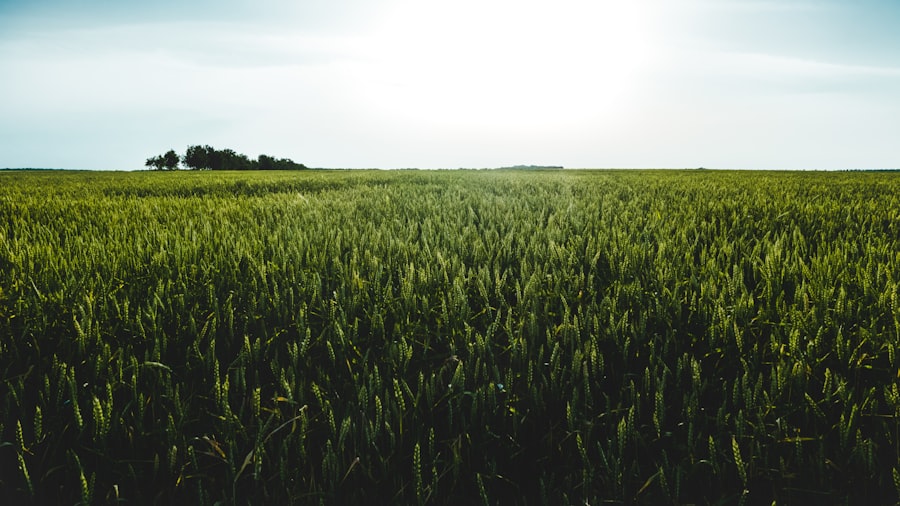
The conservation status of the grass cutter varies across its range, but it is generally considered to be of least concern by the International Union for Conservation of Nature (IUCN). However, certain populations face threats due to habitat loss caused by agricultural expansion, urbanization, and deforestation. As human activities encroach upon their natural habitats, grass cutters may find it increasingly difficult to access food sources and suitable nesting sites.
In addition to habitat loss, hunting poses a significant threat to grass cutter populations in some regions. While they are valued as a source of protein in many communities, unsustainable hunting practices can lead to local declines in their numbers. Conservation efforts aimed at protecting their habitats and promoting sustainable hunting practices are essential for ensuring the long-term survival of this species.
Education and awareness campaigns can also play a crucial role in fostering coexistence between humans and grass cutters.
Interactions with Humans and Domestication of the Grass Cutter Animal
Grass cutters have a long history of interaction with humans, particularly in West Africa where they are often hunted for their meat. In many cultures, grass cutter meat is considered a delicacy and is an important source of protein for local populations. This relationship has led to varying degrees of domestication in some areas where grass cutters are raised in captivity for meat production.
Farmers have recognized the economic potential of these animals and have developed methods for breeding them sustainably. Domestication efforts have focused on improving breeding practices and creating optimal living conditions for grass cutters in captivity.
However, challenges remain in managing domesticated populations effectively while ensuring that wild habitats are preserved. The balance between utilizing grass cutters as a resource and protecting their natural ecosystems is crucial for sustainable development.
Fun Facts and Interesting Trivia about the Grass Cutter Animal
The grass cutter is often referred to as “the farmer’s friend” due to its role in maintaining healthy grasslands through grazing; however, this title can be misleading given its potential as an agricultural pest. In some regions, farmers have developed innovative strategies to manage grass cutter populations while minimizing crop damage. For instance, planting certain crops that are less appealing to grass cutters can help protect valuable harvests.
Another intriguing aspect of the grass cutter’s behavior is its ability to communicate through various vocalizations that serve different purposes within its social structure. Researchers have identified alarm calls that alert colony members to potential threats from predators or humans. Additionally, grass cutters have been observed engaging in playful behaviors that resemble those seen in more socially complex mammals, highlighting their intelligence and adaptability.
Grass cutters also possess remarkable physical adaptations that allow them to thrive in their environments. Their strong incisors not only enable them to consume tough plant material but also play a role in digging burrows that provide shelter from predators and harsh weather conditions. This combination of physical prowess and social intelligence makes the grass cutter a unique species worthy of study and appreciation within the broader context of wildlife conservation and human interaction with nature.
If you are interested in learning more about the role of microbes in the environment, you may want to check out this comprehensive overview of microbes. Understanding the interactions between different organisms, such as the grass cutter animal and the microbes in their environment, can provide valuable insights into ecosystems and biodiversity. By exploring the theory of illocutionary forces and performative utterances in communication, we can also gain a deeper understanding of how animals like the grass cutter interact with their surroundings. Additionally, a formal proof of validity can help us analyze the behavior and decision-making processes of these animals in their natural habitats.
FAQs
What is a grass cutter animal?
A grass cutter animal, also known as the greater cane rat, is a rodent species native to Africa. It is known for its herbivorous diet and its ability to consume large amounts of grass and other vegetation.
What does a grass cutter animal eat?
Grass cutter animals are herbivores and primarily feed on grass, leaves, and other vegetation. They may also consume agricultural crops, making them a pest in some areas.
Where do grass cutter animals live?
Grass cutter animals are native to sub-Saharan Africa and can be found in a variety of habitats, including grasslands, savannas, and agricultural areas. They are also commonly raised in captivity for their meat.
Are grass cutter animals kept as pets?
In some regions, grass cutter animals are kept as pets or raised for their meat. They are known for their relatively docile nature and can be kept in captivity with proper care and housing.
What is the conservation status of grass cutter animals?
The conservation status of grass cutter animals varies by region, but they are generally considered to be of least concern in terms of conservation. However, overhunting and habitat loss can pose threats to their populations in some areas.

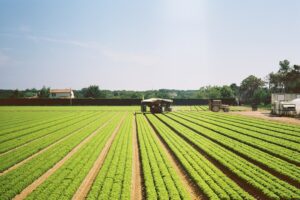









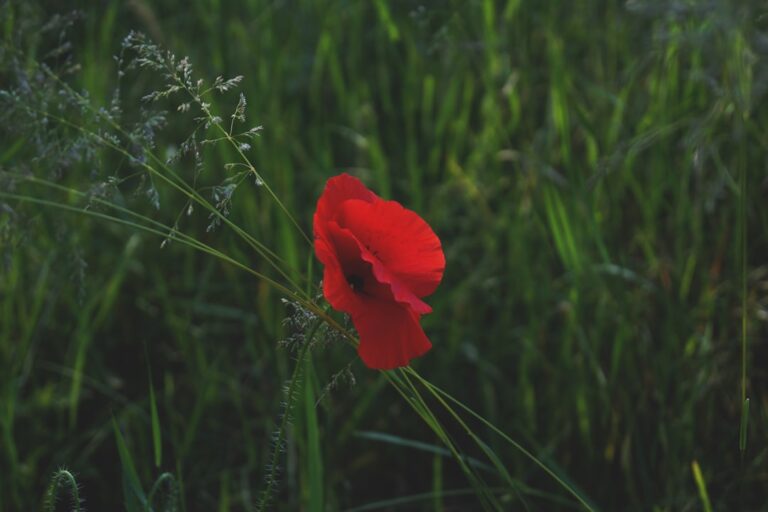

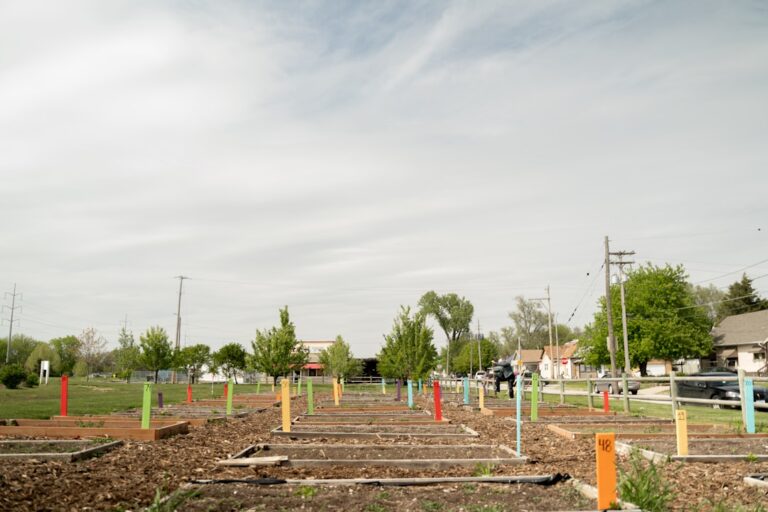

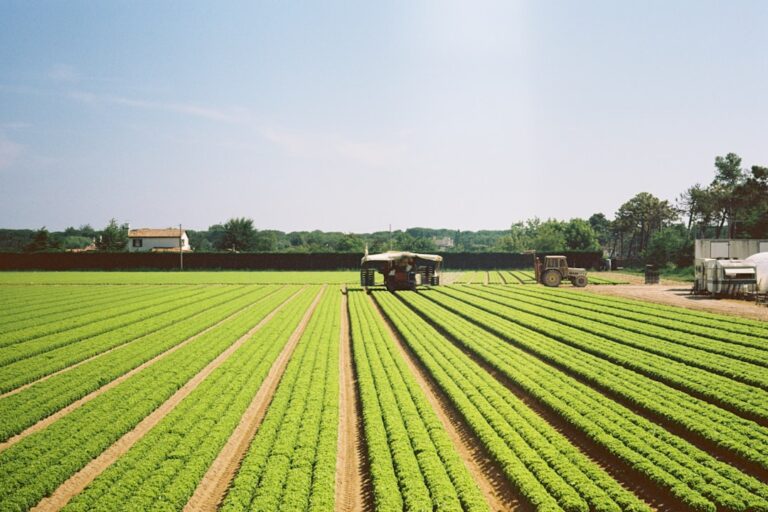








+ There are no comments
Add yours